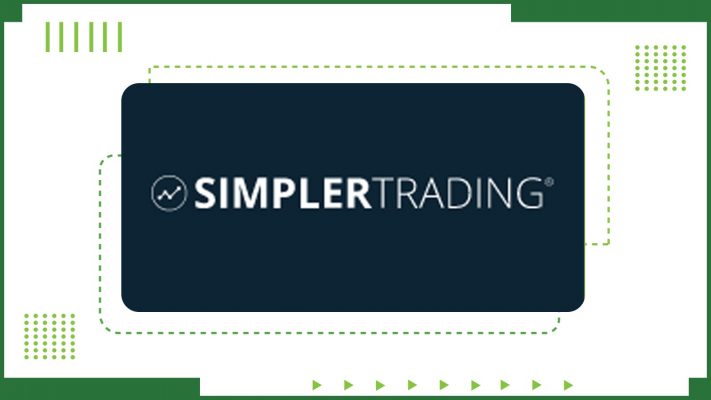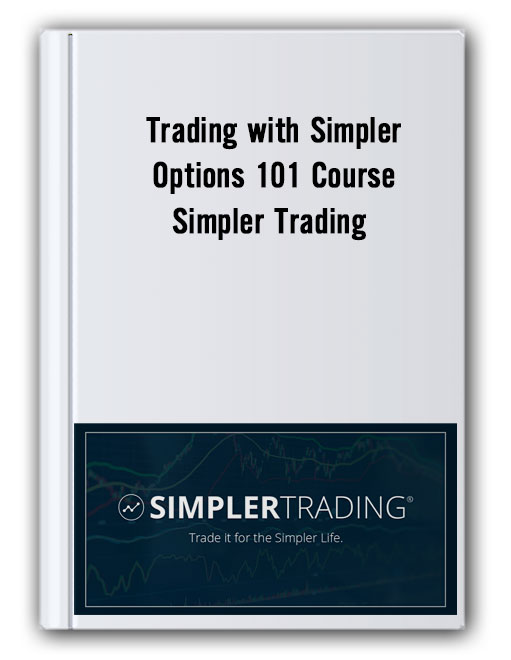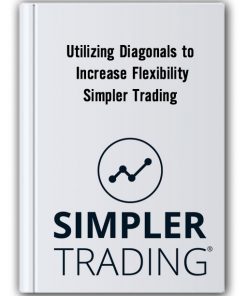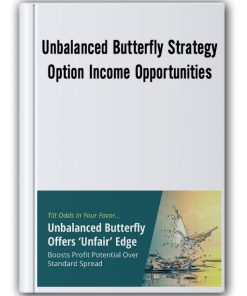Trading with Simpler Options 101 Course by Simpler Trading
$497.00 $63.97
The tremendous profitability of options trading has piqued the interest of many new traders. However, if you do not acquire enough basics, you run the risk of being an unwelcome visitor. Simpler Trading’s Simpler Options 101 has long been regarded as one of the best online options 101 courses for beginning traders, especially in terms of capital and risk management.
Simpler Options 101 by Simpler Trading walks you through the basic concepts of options trading

The extensive instructions for basic procedures, as well as the precise explanations of key terminology, equip you with a firm basis on which to build. Simpler Options 101 by Simpler Trading, in particular, explains the differences between Puts and Calls in Options trading, which are the most commonly utilized trading instruments. Following that, you’ll have access to several basic spread techniques used by options traders, such as the iron condor, calendar, and butterfly.
Furthermore, using the linked template of daily checklist supplied in Simpler Options 101 by Simpler Trading, you learn how to organize your daily routine. It makes transaction management a lot easier and more efficient. The options 101 course freely shares the fundamentals of money and risk management, which may help you avoid calculating the consequences of mistakes. In addition to basic practices, Simpler Options 101 by Simpler Trading will teach you about the usual blunders that even seasoned traders make. After you’ve mastered all of the fundamental methods and strategies, you may watch a recorded live trading session with a Simpler Trading expert to see how they use all of the tactics in real-time trading.
Please contact our support staff through email, Skype, or live chat for more information on Simpler Options 101 by Simpler Trading.
What is options trading and how does it work?
Options may be a suitable choice for you if you want to diversify your portfolio beyond stocks, mutual funds, and bonds.
Diversification comes in the form of possibilities. While the dangers might be significant, the profits can be as well. You may have heard that getting started with options trading is tough or that it is exclusively for experienced traders. Options are, in fact, something that almost every investor may attempt if they have the necessary knowledge.
Interested in getting on the options trading bandwagon? Here’s an overview of options trading that cuts through the jargon and gets right to the core of this versatile way to invest.
Trading options may appear to be more difficult than it is. If you’re seeking for a quick definition of options trading, it goes like this: The trading of instruments that provide you the right to purchase or sell a certain investment on a specified date at a specific price is known as options trading.
A contract that is connected to an underlying asset, such as a stock or another securities, is known as an option. Options contracts are valid for a specific length of time, which might be as little as a day or as long as a few years. When you acquire an option, you have the opportunity but not the obligation to trade the underlying asset. If you decide to do so, that’s called exercising the option.
If you’re a DIY investor using a self-directed account to trade options, you have complete control over your trading decisions and transactions. That does not, however, imply that you are alone. Several groups bring traders together to talk about current market conditions and options trading methods for capital and risk management.
The Different Types of Options
Start by learning about the many types of options you can trade to build your knowledge base in options trading. Calls and puts are the two main types of options available.
What is a call option in stocks?
A call option offers you the right to purchase an underlying securities at a specific price within a specified time frame (think of it as calling the underlying security to you.) The strike price is the amount you pay. The expiration date is the deadline for exercising a call option.
There are two types of call options: American and European. You can acquire the underlying asset at any moment up until the expiration date using American-style options. You can only buy the asset on the expiration date with European-style options.
What is a put option in stocks?
The opposite of a call option is a put option. A put option, rather than giving you the right to buy an underlying security, provides you the right to sell it at a certain strike price (think of this as putting the underlying security away from you.)
Expiration dates apply to put options as well. When you can use them, the same style rules apply (i.e., American or European).
Be the first to review “Trading with Simpler Options 101 Course by Simpler Trading” Cancel reply
You must be logged in to post a review.
Related products
Forex & Trading
Mastertrader – Master Trader Option Strategies Series for Investors and Active Traders
Forex & Trading
Simplertrading – The Small Account Secrets Pro Bundle Reveals Big & Consistent Gains
Forex & Trading
Forex & Trading
Forex & Trading
Forex & Trading












Reviews
There are no reviews yet.